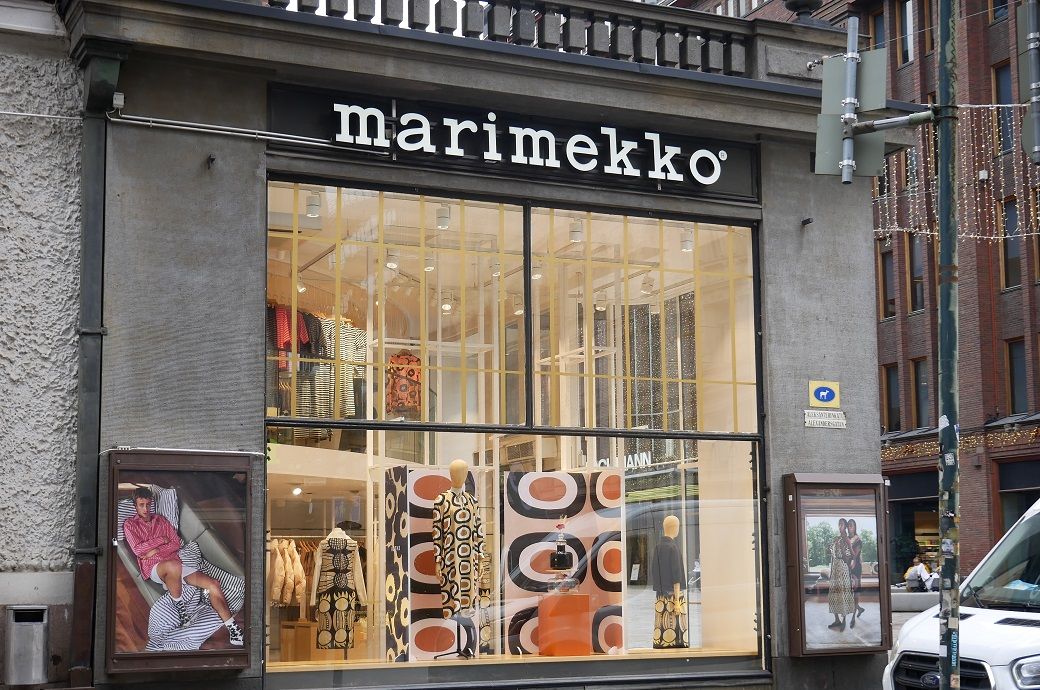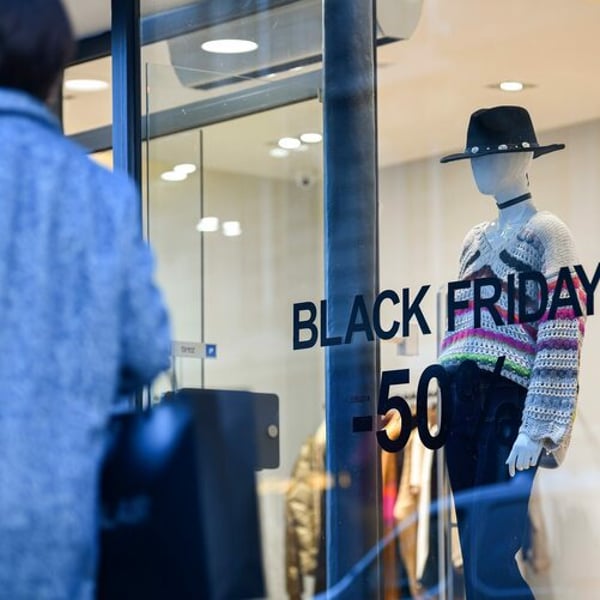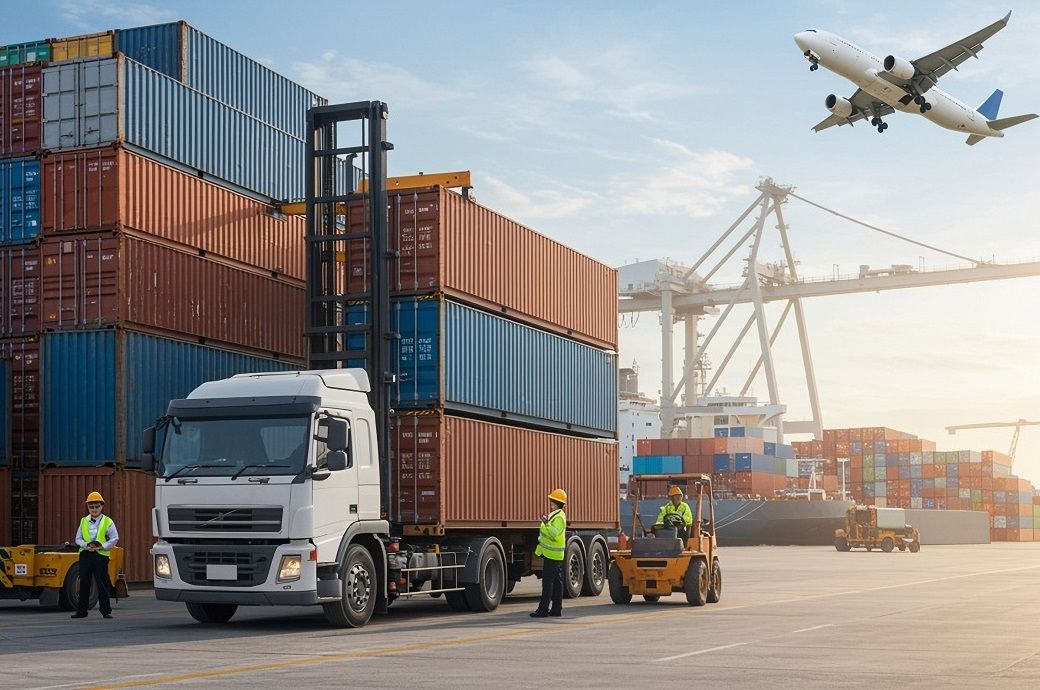Fashion
Finland’s Marimekko’s Q2 sales up 2% on retail gains, profit improves

Operating profit improved to €6.3 million, with comparable operating profit at €6.5 million, representing 14.6 per cent of net sales. The gain was driven by higher sales and improved margins, partly offset by higher fixed costs.
Marimekko’s Q2 2025 sales rose 2 per cent to €44.5 million (~$51.88 million), with Finnish retail up 3 per cent and international sales up 1 per cent despite lower licensing income.
Operating profit increased to €6.3 million.
H1 sales grew 3 per cent to €84.1 million, driven by 7 per cent international growth.
The company expects higher 2025 sales and margins but warns of global and tariff risks.
For January–June 2025, net sales rose 3 per cent to €84.1 million. International sales increased 7 per cent, while Finnish sales were flat as retail gains offset wholesale weakness. Comparable operating profit declined to €10.9 million, or 13 per cent of net sales, due to lower margins and higher fixed costs, the company said in a media release.
CEO Tiina Alahuhta-Kasko highlighted sustained omnichannel retail growth, up 6 per cent in Q2, as evidence of brand resilience in challenging markets. Strategic collaborations—such as a global footwear line with Crocs, café partnerships with Blue Bottle Coffee in the US and Asia, a design tie-up with Artek, and a capsule collection with artist Laila Gohar—boosted brand visibility. Events included Milan Design Week, Copenhagen’s 3 Days of Design, Marimekko Day fashion shows in Helsinki, and the Field of Flowers exhibition in Asia.
Network expansion in Q2 included new stores in Osaka and Kuala Lumpur, an outlet in Espoo, eight Asian and Finnish pop-ups, and the launch of online stores in New Zealand and in German language. Post-period, Marimekko announced its first flagship store in Paris, opening autumn 2025, alongside pop-ups at Le Bon Marché and Galeries Lafayette.
For 2025, the company forecasts net sales to exceed 2024’s €182.6 million, with a comparable operating profit margin of 16–19 per cent. Risks include global economic uncertainty, geopolitical tensions, supply chain disruptions, and higher US tariffs—the latter affecting a small share of sales but increasing procurement costs. Plans call for 10–15 new stores or shop-in-shops, primarily in Asia, while licensing income is expected to fall significantly from last year’s record level.
Fibre2Fashion News Desk (KD)
Fashion
U.S. Black Friday online sales hit record $11.8 billion, Adobe reports

By
Reuters
Published
December 1, 2025
American shoppers spent a record $11.8 billion online on Black Friday, up 9.1% from last year, final data from Adobe Analytics showed.
Adobe Analytics, which tracks over 1 trillion U.S. retail site visits, expects shoppers to spend $5.5 billion on Saturday and $5.9 billion on Sunday, up 3.8% and 5.4% from a year earlier respectively.
Separately, software firm Salesforce reported that American consumers had spent $18 billion on Black Friday purchases, up 3% from a year ago, with luxury apparel and accessories among the most popular categories.
Although U.S. consumers spent more this Black Friday compared to last year, price increases hampered online demand, according to Salesforce, with shoppers purchasing fewer items at checkout compared to last year.
At physical stores, the bargain-chasing was relatively subdued on post-Thanksgiving morning, with some shoppers saying they feared overspending amid persistent inflation, trade policy-driven uncertainty, and a soft labor market.
Cyber Monday, traditionally a big day for online deals, is expected to be the season’s biggest online shopping day again, Adobe projects, driving $14.2 billion in spending, up 6.3% from last year.
© Thomson Reuters 2025 All rights reserved.
Fashion
Mielle becomes NFL’s first textured haircare partner

Published
December 1, 2025
Textured haircare brand Mielle has launched a new partnership with the National Football League, marking the League’s first collaboration with a textured haircare company.
The campaign aims to support the millions of NFL fans with textured hair—women now make up about half of the NFL’s fanbase—while addressing the unique hair challenges faced by athletes wearing helmets, including dryness, breakage and frizz.
The partnership expands Mielle’s growing footprint in professional sports and is designed to boost representation, access to high-quality care, and product innovation for textured-hair athletes and fans.
“The NFL is excited to have Mielle, a brand that is committed to performance, community, and empowering fans and athletes, lean into the NFL partnership” said Tracie Rodburg, SVP global partnerships, NFL.
“This partnership aligns with the league’s mission to build lasting connections within our communities nationwide and celebrate the self-expression of our players and fans.”
The P&G brand says the collaboration gives Mielle a major platform to showcase the performance of its dermatologist-reviewed, Skin Health Alliance–accredited formulas under real athletic conditions.
“We’re honored to be the first textured hair care partner of the NFL through our partnership with P&G,” said Monique Rodriguez, founder and CEO, Mielle. “For so many of us, football represents family and community. It’s attending cookouts, tailgates, reconnecting with family and friends, and showing up in your favorite team colors. And for millions of fans, that includes twisting, braiding, and caring for your textured hair before kickoff.”
The announcement is accompanied by a social-first campaign, including the viral “Passing the Phone” video moment featuring talents across the league from including players, executives and agents, to players’ families and on-air talent.
Copyright © 2025 FashionNetwork.com All rights reserved.
Fashion
India’s logistics push puts fashion in the fast lane

The government’s three-year scorecard backs this up. Since its launch in September ****, ULIP has integrated more than thirty logistics and customs systems and clocked over *.* billion (***+ crore) API transactions as of around August ****, effectively treating data flows like rails. LDB, operational since July ****, has cumulatively tracked over ** million EXIM containers across *** inland container depots (ICDs) by around August ****, turning container visibility from a premium add-on into the default. A Transportation Emissions Measurement Tool (TEMT), developed by IIM Bangalore and partners and endorsed by DPIIT, now gives exporters an ISO-*****-aligned way to report logistics emissions, so freight can sit alongside product footprints in sustainability dossiers.
From Map to Mill Gate: What Gati Shakti Has Actually Changed
-

 Sports1 week ago
Sports1 week agoWATCH: Ronaldo scores spectacular bicycle kick
-

 Entertainment1 week ago
Entertainment1 week agoWelcome to Derry’ episode 5 delivers shocking twist
-

 Politics1 week ago
Politics1 week agoWashington and Kyiv Stress Any Peace Deal Must Fully Respect Ukraine’s Sovereignty
-

 Business1 week ago
Business1 week agoKey economic data and trends that will shape Rachel Reeves’ Budget
-

 Politics1 week ago
Politics1 week ago53,000 Sikhs vote in Ottawa Khalistan Referendum amid Carney-Modi trade talks scrutiny
-

 Tech6 days ago
Tech6 days agoWake Up—the Best Black Friday Mattress Sales Are Here
-

 Fashion1 week ago
Fashion1 week agoCanada’s Lululemon unveils team Canada kit for Milano Cortina 2026
-

 Tech23 hours ago
Tech23 hours agoGet Your Steps In From Your Home Office With This Walking Pad—On Sale This Week

















